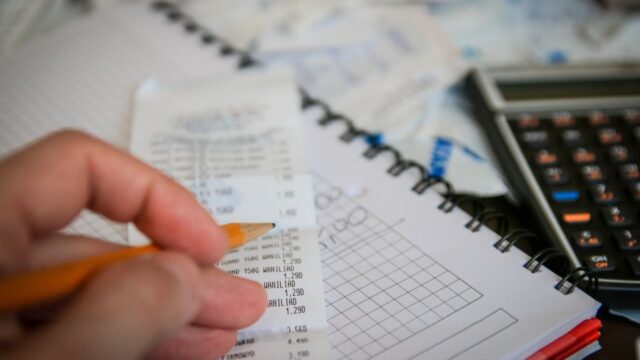
What is a TAB and what are its benefits
A Tax Anticipation Bill, or TAB, is a type of loan that allows taxpayers to borrow against their expected tax refund. TABs can be used for a variety of purposes, including covering unexpected expenses or making a large purchase. One of the main benefits of taking out a TAB is that it can provide access to funds ahead of time. Taxpayers who are expecting a refund may not receive the money for several weeks, but a TAB can provide the funds immediately. In addition, TABs often have lower interest rates than other types of loans, making them an affordable option for borrowers. As a result, TABs can be a helpful tool for managing finances and covering unexpected costs.
How to get a TAB
Taxpayers can get a Tax Anticipation Bill, or TAB, from the Department of Revenue. The TAB is used to temporarily lower the amount of taxes owed. Taxpayers must complete an application and submit it to the Department of Revenue. The application can be found on the Department of Revenue website. Once the application is received, the taxpayer will be contacted to schedule an appointment. During the appointment, the taxpayer will need to provide proof of income and tax liability. The TAB may be issued for up to three years. Taxpayers who do not repay the TAB will be required to pay interest and penalties. Taxpayers who need assistance can contact the Department of Revenue for help.
When to use a TAB
A Tax Anticipation Bill, or TAB, is a financial tool that can be used by businesses to manage their tax liability. Essentially, a TAB allows businesses to borrow money from the government in order to pay their taxes. This can be useful for businesses that are expecting a large tax bill but do not have the cash on hand to cover it. TABs must be repaid within one year, and businesses are typically required to pay interest on the loan. While TABs can be helpful for businesses in managing their tax liability, it is important to remember that they must be repaid within a year. Otherwise, the business may find itself in financial difficulties.
How to pay back a TAB
For many taxpayers, the Tax Anticipation Bill (TAB) is a lifesaver. It allows them to pay their taxes in installments, rather than all at once. However, when it’s time to pay back the TAB, some people find themselves in a bind. Here are a few tips on how to pay back a TAB:
First, try to arrange for automatic payments from your bank account. This will ensure that the TAB is paid on time, every time.
If you can’t arrange for automatic payments, make sure to set aside enough money each month to cover the payment. It’s best to do this as soon as you receive your paycheck, so you don’t have to worry about it later on.
Finally, if you find yourself struggling to make the TAB payment, contact the Taxpayer Advocate Service. They may be able to help you make alternative arrangements.
Alternatives to using a TAB
Taxpayers have a few options when it comes to paying their taxes. They can choose to pay by check, credit card, or Tax Anticipation Bill (TAB). While TAB is a convenient option, there are a few alternatives that taxpayers should be aware of. One option is to set up automatic payments from a checking or savings account. This way, taxpayers can be sure that their taxes are paid on time, without having to worry about mailing a check or making a payment online.
Another option is to set up direct deposit with the IRS. Taxpayers can have their refund deposited directly into their account, or they can arrange to have their tax bill automatically deducted from their account each month. Direct deposit is a safe and easy way to make sure that taxes are paid on time. Taxpayers should consult with their tax preparer or financial advisor to find out what option is best for them.


































